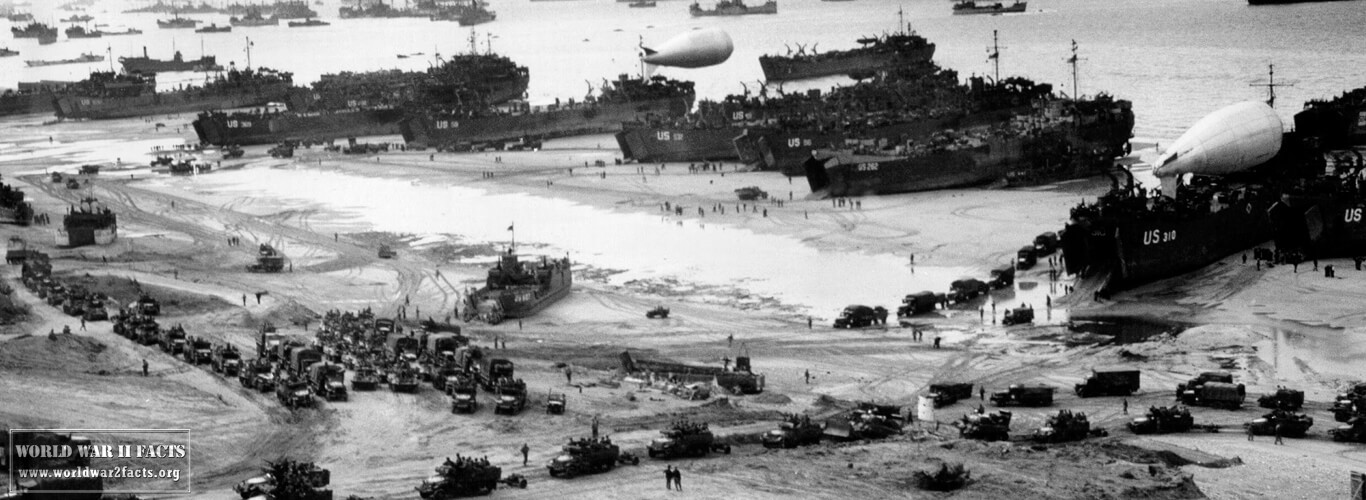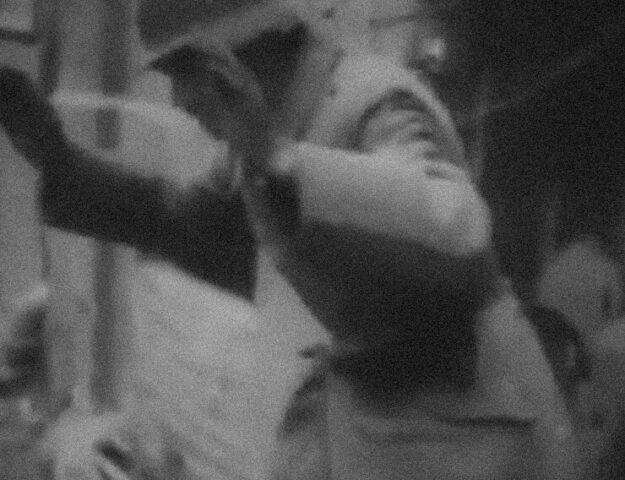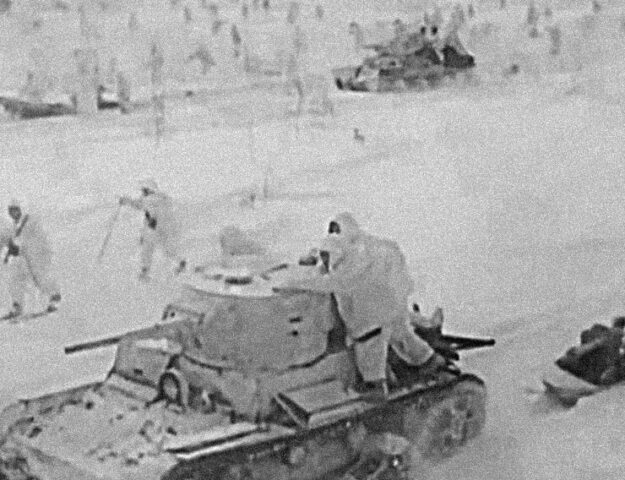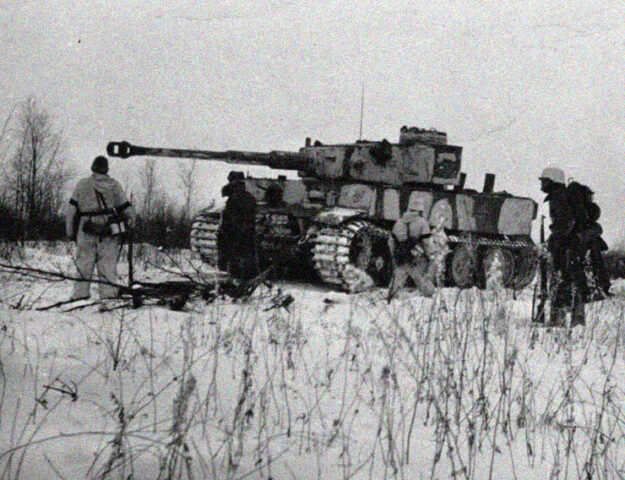Battle of Stalingrad

Stalingrad: The Brutal Turning Point of WW2
Contents
- Stalingrad: The Brutal Turning Point of WW2
- Introduction to the Battle of Stalingrad
- Strategic importance of Stalingrad
- German invasion and early successes
- Brutal street-to-street fighting
- Involvement of Soviet snipers
- Harsh winter conditions and impact on the battle
- Defeat of the German army
- Impact of the Battle of Stalingrad on WWII
- Psychological and emotional toll on soldiers and civilians
- Lessons learned from the Battle of Stalingrad.
- Final Word
When we think of World War II, our minds often go to the horrific events that occurred in Nazi concentration camps. However, there were many other pivotal moments in the war that were equally harrowing and have become etched in history. One of these moments is the Battle of Stalingrad. This battle was fought for over six months between the German army and the Soviet Union.
The ferocity of the fighting and the massive loss of life on both sides make it one of the most brutal battles in history. The outcome of the battle had a significant impact on the course of the war and is considered by many to be the turning point in the war. In this blog post, we will take a closer look at the events leading up to the battle, the battle itself, and the aftermath. We will also explore the impact that this battle had on the outcome of the war and its historical significance.
Introduction to the Battle of Stalingrad
The Battle of Stalingrad, which took place during World War II, was one of the most significant battles in the history of modern warfare. The battle began on August 23, 1942, and lasted for over five months, until February 2, 1943. It was fought between the German Army and the Soviet Union for control of the city of Stalingrad, which was a major industrial center and a vital transportation hub on the Volga River.
The battle was marked by extreme brutality on both sides, with heavy casualties and intense urban warfare. The German Army sought to capture Stalingrad as part of their larger campaign to conquer the Soviet Union. However, the Soviet Union was determined to defend Stalingrad at all costs, and the city became a symbol of their resistance against the German invasion.
The Battle of Stalingrad was a turning point in World War II, as the Soviet Union emerged victorious and began to push back against the German Army. It was also a defining moment in the history of the Soviet Union, as it demonstrated the strength and determination of the Soviet people in the face of extreme adversity.
Strategic importance of Stalingrad
Stalingrad was a city of significant strategic importance during World War II. It was situated on the banks of the Volga River, which was the main transport route for the Soviet Union and was used for transporting oil from the Caucasus region. The city was also a major industrial center, with factories producing weapons, ammunition, and other supplies for the Soviet war effort.
The German army recognized the strategic importance of Stalingrad and launched a fierce attack on the city in the summer of 1942. The battle of Stalingrad became one of the largest and bloodiest battles in human history, with both sides suffering heavy losses. Control of the city changed hands several times during the battle, as both sides fought fiercely for its control.
The Germans believed that capturing Stalingrad would be a decisive victory and would cut off the Soviet Union’s supply lines, which would cripple its war effort. However, the Soviet Union was determined to defend Stalingrad at all costs, and the battle turned into a brutal and deadly war of attrition.
In the end, the Soviet Union emerged victorious, and the German army suffered a crushing defeat. The battle of Stalingrad was a turning point in World War II, as it marked the first major defeat of the German army on the Eastern Front. It was also a turning point in the war’s overall strategic situation, as it forced Germany to fight a two-front war and weakened its military power.
German invasion and early successes
On June 22, 1941, Hitler launched Operation Barbarossa, the German invasion of the Soviet Union. Stalingrad, a major industrial city and transportation hub on the Volga River, was one of the primary targets. German forces quickly advanced, taking control of much of the city’s suburbs.
By late August, the Germans had surrounded Stalingrad and began a massive bombing campaign, reducing much of the city to rubble. The Soviet Union’s Red Army, however, was determined to defend the city at all costs. The battle for Stalingrad became a brutal, house-to-house conflict, with both sides suffering heavy casualties.
Despite early successes, the German army faced several challenges. Supply lines were stretched thin, and the harsh Russian winter left troops without adequate provisions. The Soviets, meanwhile, were able to bring in reinforcements and supplies through the Volga River.
The battle for Stalingrad would become a turning point in World War II. The German army suffered its first major defeat, losing over 800,000 soldiers and putting an end to Hitler’s hopes of a quick victory in the east. The Soviet Union, on the other hand, emerged as a major world power and began to push back against the German army. The battle for Stalingrad would go down in history as one of the bloodiest and most significant battles of World War II.
Brutal street-to-street fighting
The street-to-street fighting during the Battle of Stalingrad was some of the most brutal and intense of World War II. German forces were met with fierce resistance from Soviet troops who were defending their city block by block, house by house.
The Germans had the advantage of superior firepower, including tanks and artillery, but the Soviets were masters of urban warfare. They used their knowledge of the city’s streets and buildings to their advantage, setting up traps, snipers, and booby traps to slow down and weaken the German advance.
The fighting was often hand-to-hand, with both sides engaging in brutal close-quarters combat. Buildings were destroyed, and the streets were littered with debris and rubble, making it difficult for either side to gain a clear advantage.
The intense fighting lasted for months, and casualties on both sides were extremely high. The Germans lost over 250,000 soldiers, and the Soviets lost over 1 million soldiers and civilians. The battle was a turning point in the war, as it marked the first significant defeat for the Germans and the beginning of their retreat from the Eastern Front.
Involvement of Soviet snipers
One of the most feared and deadly elements of the Soviet army during the Battle of Stalingrad was the snipers. Soviet snipers were known for their skill, precision, and the terror they inflicted on the German forces. They were carefully trained and equipped with the best rifles available, such as the Mosin-Nagant and the SVT-40. They were also outfitted with effective camouflage, making them difficult to spot for the enemy.
Soviet snipers were often deployed in pairs or triplets, and they would take up positions in buildings or other structures overlooking streets, courtyards, and plazas. From there, they would pick off German soldiers one by one, causing chaos and confusion in the enemy ranks. German soldiers often referred to Soviet snipers as “ghosts” or “invisible death.”
The most famous Soviet sniper of the Battle of Stalingrad was Vasily Zaytsev, who is credited with over 200 confirmed kills during the battle. His exploits were later immortalized in the book and movie “Enemy at the Gates.” However, Zaytsev was just one of many skilled snipers who fought on the Soviet side.
The presence of Soviet snipers was a key factor in the Soviet victory at Stalingrad. They not only caused significant casualties among the German forces but also demoralized them and disrupted their plans. The German army had never encountered such skilled and determined snipers before, and they struggled to adapt to this new threat. In the end, the Soviet snipers played a crucial role in turning the tide of the battle and ultimately the course of World War II.
Harsh winter conditions and impact on the battle
The harsh winter conditions of the city added a new dimension to this already brutal battle. As temperatures dropped to well below freezing, soldiers on both sides had to deal with frostbite, hypothermia, and other cold-related illnesses. The city’s infrastructure was destroyed, and there was a shortage of food, water, and basic supplies for both soldiers and civilians alike.
The winter of 1942 in Stalingrad was one of the coldest in history, and it took a heavy toll on both armies. German soldiers were not prepared for the extreme cold and were not adequately equipped with proper winter clothing. On the other hand, Soviet troops were more accustomed to the harsh winter conditions, and their uniforms were better suited for the cold weather.
The freezing temperatures also made it difficult for tanks to operate, and heavy snowfalls made it almost impossible for both sides to move artillery. The snow and ice also made it difficult for soldiers to dig trenches and fortifications, leaving them vulnerable to enemy fire.
The impact of the harsh winter conditions was significant, and it affected the morale of both sides. Many soldiers were exhausted and suffered from frostbite and other cold-related illnesses, which reduced their combat effectiveness. The cold also made it difficult for soldiers to carry out their duties, and many were unable to fire their weapons due to frozen fingers.
In conclusion, the harsh winter conditions in Stalingrad added another level of brutality to this already devastating battle. The freezing temperatures, lack of supplies, and difficult terrain made it one of the most challenging battles of the Second World War. Both armies suffered greatly, and it had a significant impact on the outcome of the battle.
Defeat of the German army
After five months of intense fighting, the German army was ultimately defeated in the Battle of Stalingrad. The battle was a turning point of World War II, not only because of the staggering losses on both sides but also because it marked the first major defeat for Germany on the Eastern Front.
The German army had initially planned to capture Stalingrad to gain control of the Caucasus oil fields, which were essential for the German war machine. However, the Soviet forces were determined to defend the city and launched a counteroffensive that surrounded the German army and cut off their supply lines.
Despite being outnumbered and outgunned, the Soviet forces were able to hold their ground and slowly push back the German army. The brutal urban warfare and the harsh winter conditions took a heavy toll on both sides, with many soldiers dying from frostbite, starvation, and disease.
In February 1943, the German army finally surrendered, with only a few thousand soldiers managing to escape. The defeat at Stalingrad was a major blow to the German war effort and marked the beginning of the end for Nazi Germany.
Impact of the Battle of Stalingrad on WWII
The Battle of Stalingrad was one of the most brutal and significant turning points of World War II. The battle lasted from August 1942 to February 1943, and it was fought between Germany and the Soviet Union. The battle was named after the city of Stalingrad, which was the target of the German forces. The battle was fought in the city streets, and it was a long and bloody struggle that ultimately ended in the defeat of the German forces.
The Battle of Stalingrad had a significant impact on the outcome of World War II. The German forces had been making significant gains in the early years of the war, but the defeat at Stalingrad marked the beginning of their decline. The German army lost over 800,000 men in the battle, and many of their best soldiers were killed or captured.
The Soviet Union, on the other hand, emerged from the battle with renewed confidence and determination. The victory at Stalingrad was a turning point in the war for the Soviet Union, and it marked the beginning of their successful counter-offensive against the German army. From that point on, the Soviet Union began to push the Germans back, and they eventually led the Allied forces to victory.
Psychological and emotional toll on soldiers and civilians
The Battle of Stalingrad was one of the most brutal and devastating battles of World War II, not just in terms of the physical destruction it caused but also in the psychological and emotional toll it took on soldiers and civilians alike.
The battle had a profound impact on the mental health of those involved in the conflict. Soldiers on both sides were subjected to constant shelling, snipers, and hand-to-hand combat in the ruins of the city. The fear, stress, and trauma of these experiences left many of them with severe psychological scars that would last long after the battle was over.
Civilians in Stalingrad were also subjected to unimaginable horrors. They were caught in the crossfire, forced to endure bombings, starvation, and disease. Many lost loved ones and were forced to witness atrocities that no human should ever have to see. The emotional toll of the battle on these civilians cannot be overstated.
Lessons learned from the Battle of Stalingrad.
The Battle of Stalingrad was one of the bloodiest and most pivotal battles of World War II. The lessons learned from this brutal conflict are still relevant today.
Firstly, the importance of logistics cannot be overstated. The German army was stretched too thin and unable to maintain its supply lines, while the Soviet army was able to constantly resupply its troops. This eventually led to the downfall of the German army.
Secondly, the power of propaganda cannot be underestimated. Both sides used propaganda to rally their troops and boost morale. However, the Soviet propaganda was particularly effective in depicting the battle as a struggle for the survival of the Soviet Union and the Russian people.
Lastly, the Battle of Stalingrad is a testament to the resilience and determination of the human spirit. Despite the brutal conditions and unimaginable horrors, the soldiers on both sides continued to fight fiercely until the bitter end. The victory of the Soviet army was a turning point in the war and a testament to the strength of the human will.
In conclusion, the Battle of Stalingrad was a pivotal moment in the history of World War II and has many lessons that are still relevant today. The importance of logistics, propaganda, and the resilience of the human spirit are all key takeaways from this brutal conflict.
Final Word
We hope you enjoyed our blog post about the Battle of Stalingrad. This was a pivotal moment in World War II, and it had far-reaching consequences for both the Axis and Allied powers. The battle was long, grueling, and brutal, with both sides suffering significant losses. It is important to understand the historical significance of events like the Battle of Stalingrad so that we can learn from the past and work towards a better future. We encourage you to continue to learn about the history of World War II and its impact on the world we live in today.




